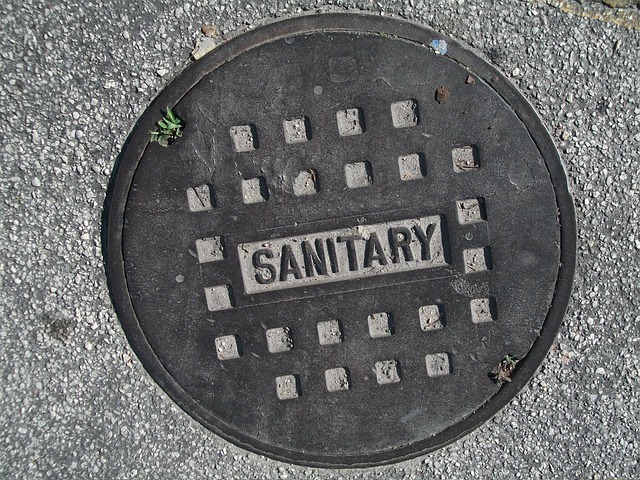A client once asked me to help him on a residential project for his own home. When I arrived at his home, he informed me that they were placing some stakes for landscaping, and they noticed that they had hit something. They did not overthink it; they just assumed it was a rock or a route. However, when their sanitary sewer started backing up, they realized they had made a grave mistake: the “something” they hit with the stake was an old 4” sanitary sewer lateral. The laterals connect the residential, commercial, and other sanitary sewer systems, such as sinks, bathrooms, etc., into the main sanitary sewer pipe in the street. The laterals are typically located close to the property line on either side of your lot, but they can be anywhere. Therefore, it is important to locate any utilities before starting any construction.
There are several ways to locate underground utilities, if you have a small home repair or landscaping project, such as:
- Typically you see a cleanout near the property line, which looks sort of like a small manhole. A sanitary sewer lateral connects to the cleanout, giving you an idea of where the pipe is.
- There might also be a manhole in the street, used as a connection point for other laterals and mains.
- A water line might have a valve and other features on the sidewalk, giving you an idea of where the pipe is.
Once you know where an underground utility might be, you can excavate carefully to ensure that there are no conflicts present. However, I need to emphasize that these methods should only be used for small construction projects if you are relatively confident that you have located a lateral adequately.
For major projects, or if you are not sure about the location of the utilities, you can also contact DigAlert (www.digalert.org) at 811. Please note that if a contractor or construction manager will carry out your project, they will be responsible for locating all underground utilities. Still, you will want to make sure that there is language in the contract that covers this work and the accountability for it. Underground conflicts with utilities are crucial, especially when dealing with aging utility systems, such as in cities and older neighborhoods in the Bay Area.
Please also note that if you are hiring a civil engineer directly to design our project, there should also be language in the construction plans and specifications addressing existing underground utilities and how to manage them before construction starts and during design. A new project design needs to include an accurate underground utility location since the design will avoid conflicts. Therefore, if a utility is located during construction, the design will have to be reworked, which will cost time delays. However, the civil engineering designer is typically responsible for covering the costs of rework.

